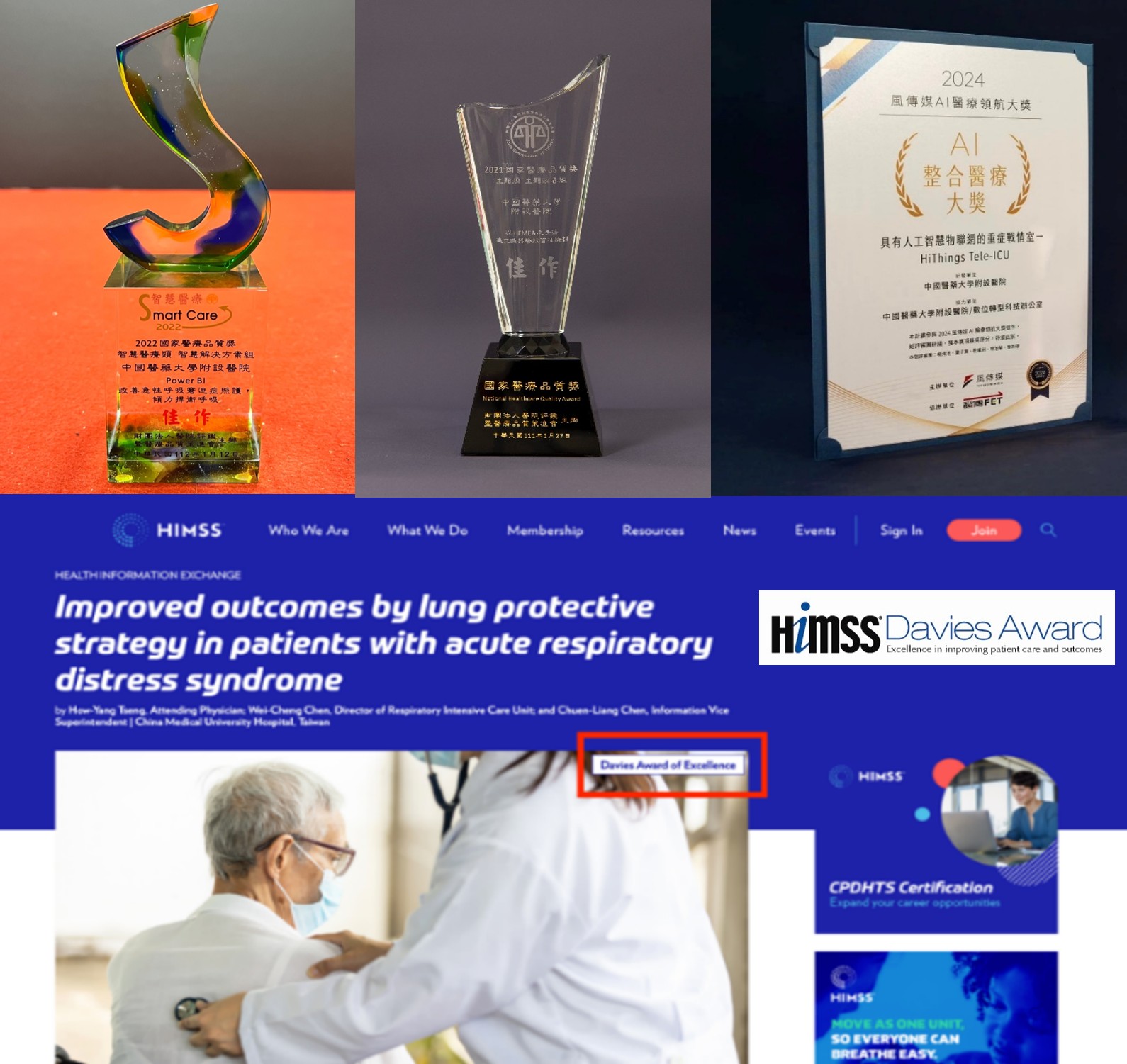Department Introduction
Pulmonary Medicine | Excellence
:::
Excellence
Award
介入性氣管鏡團隊
- 2022 國家品質標章(SNQ) 標章
.jpg)
慢性肺部疾病照護團隊
- 2022 慢性阻塞性肺病 疾病照護品質認證
- 2023 氣喘 疾病照護品質認證
.png)
重症加護照護團隊
- 2022 國家醫療品質獎(NHQA) 智慧解決方案組 佳作
- 2023 國家醫療品質獎(NHQA) 主題改善組 佳作
- 2023 國家品質標章(SNQ) 醫院醫務管理組
- 2023 美國資訊暨管理系統協會 戴維斯卓越獎(HIMSS Davies award of excellence)
- 2024 風傳媒 AI醫療領航大獎

▲
